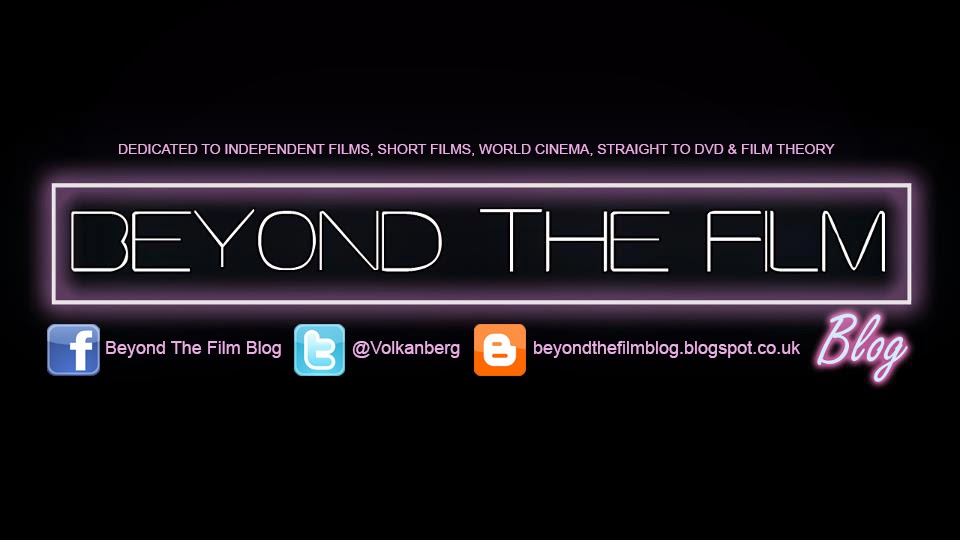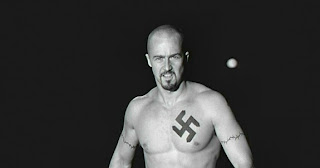Menno Meyjes 2002 Max starring
John Cusack as Max Rothman a Jewish art dealer and Noah Taylor as the young Austrian
artist Adolf Hitler. Max explores Hitler’s juggling career between politics and
an art career. We see the unconventional friendship between Hitler and Rothman
and how Rothman saw talent in Hitler’s work. Max askes the question what if
Hitler was accepted as an artist? rather than turning to politics. Menno Meyjes
takes us on a historical journey of what shaped the Nazi regime by artistic architectural
designs that Hitler used to memorize the people of Germany under control by the
Nazi Third Reich. We all know Hitler as
the fascist tyrant that lead the world for Second World War but in Max we see
Hitler’s fantastic insight into his artistic career that never was pursued.
Both Rothman and Hitler are WW1 veterans
of Third Battle of Ypres. Rothman lost his arm in the war and returned to a respectable
family and wealth however Hitler had nothing.
Though Rothman lost his right arm ending his career as an artist he envisioned
on the idea of capturing quintessence of war through art by opening art gallery
that focuses on modernist art. What I admire about Max is how the film really did
portray Hitler’s work as it was in reality. Hitler was a very accurate painter
e.g landscapes and portraits but was never creative and for this he didn't get
accepted into Vienna Academy of Fine Arts. Max really does capture the struggle
that Hitler had to endure during his early life as an artist. Rothman believed that
Hitler had talent but had to really go deeper into his art and try to find his “authentic
voice”. Rothman didn't want Hitler to
show what he saw but what he felt and really capture what they both endured. Watching
Hitler try and find his voice we feel very sympathetic for him, which is a great
paradox. We know who he is we know what he does in the future but the film
really does capture the moment of sadness. At the start of Max we see a very
weak, shaken, disgruntled veteran over the Versailles Treaty who is trying to
become an artist. As the film progresses we see Hitler slowly turn to politics
but use his art as the weapon that help fuel the anti-Semitic propaganda for
the national socialist movement known at that time the German Workers' Party.
Max is a brilliant insight into
the artistic mind of Hitler and the inner battle to change himself to becoming
a better artist. Max is not a Hitler sympathiser film but rather a sympathiser
of what could have happened if Hitler pursed art and not politics. Max shows
the very origins of the creator that shaped the Nazi ideology. With Rothman we see
the early warning signs of the future of Europe with Hitler’s militaristic
sketches of what he envision cultural and spiritual rebirth in Germany world
but naively Rothman only sees them as a modernist art. Today those militaristic
sketches would be seen Fascist architecture which is a combination of modernism
and nationalism which greatly resembles that of ancient Rome. Personally watching Max I feel it visually grips and shows you the birth of the Nazi ideology through an artistic depiction.























